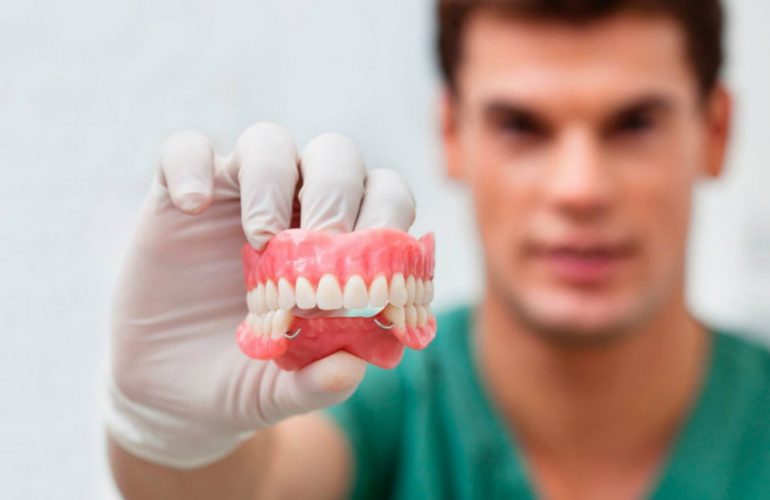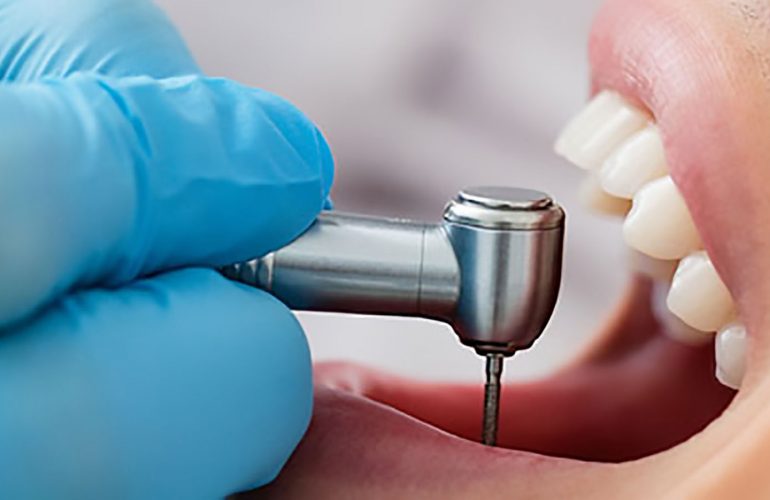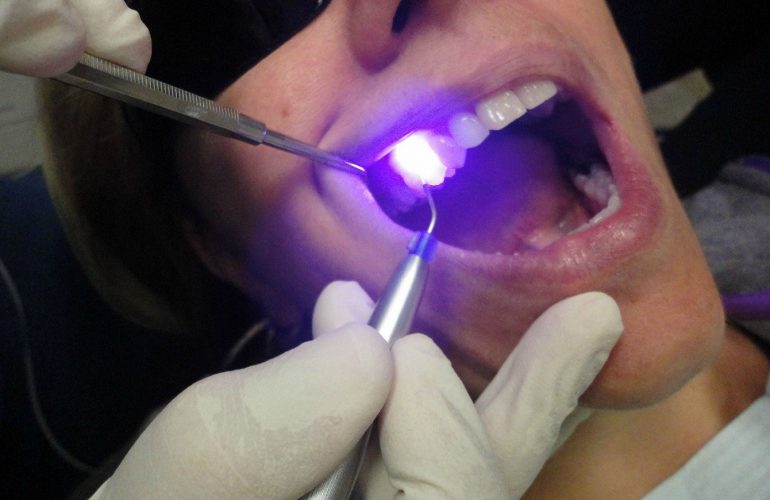PERIODONTOLOGY
Periodontal diseases are inflammatory diseases that affect the gum and other tissues that support the teeth. Periodontal diseases are responsible for 70% of tooth loss in adults. When these diseases are diagnosed early, they can be treated easily and successfully. Prevention or treatment of gum disease; it also brings other benefits such as preservation of natural teeth, more comfortable chewing and better digestion.
Periodontal diseases begin with gingivitis. So gingivitis is an early period of periodontal disease. During this period, the gums were bleeding, red.
It may not cause much discomfort in the early period. If left untreated, the disease can progress to periodontitis, causing irreversible damage to the alveolar bone that supports the gums and teeth.
Periodontitis is a more advanced stage of periodontal diseases. A “periodontal pocket” is formed between the tooth and gums. The presence of periodontal pocket facilitates the placement of the infection and the progression of the disease. As the disease progresses, the teeth even go to the extraction.
There are many symptoms of gum disease;
- Bleeding gums during tooth brushing
- Red, swollen and sensitive gums
- Gums that can be easily separated from the teeth
- Inflammatory discharge between teeth and gums
- Changes in the relationship between the upper and lower teeth during biting
- Change and disruption in partial denture fit
- Constant bad breath
However, periodontal disease can reach advanced stages without any evidence. Therefore, it is very important to go to the dentist at regular intervals.
The most important cause of gum disease is a sticky and colorless film layer called “bacterial dental plaque” which accumulates on the teeth. The removal of dental plaque with the use of daily brushing and flossing is the basic requirement for a healthy mouth. If the plaque is not effectively removed from the teeth, it becomes an irregular and permeable structure known as calculus. Harmful products released by bacteria in the plaque cause irritation in the gums.
Due to these products, the fibers that firmly connect the gingiva to the tooth are destroyed, the gums are removed from the tooth and a periodontal pocket is formed. Thus, it is easier for bacteria and their products to move to deeper tissues. As the disease progresses, the pocket deepens, the bacteria deeper; It progresses to the bone and destruction begins in the alveolar bone that supports the tooth. If the disease is left untreated, the teeth will eventually destruction of the teeth, and even extraction of teeth may be necessary.
The most important task in preventing periodontal disease falls on the person. In order to maintain the teeth in a healthy state, bacterial dental plaque must be removed with daily oral care (using tooth brushing and flossing). It is equally important to visit the dentist at regular intervals.
Daily oral care procedures can minimize the formation of calculus, but may not prevent it completely. Evaluation of areas that cannot be reached with a toothbrush, dental floss or other cleaning tools by a dentist is necessary for the removal of existing dental plaque and dental calculus.
In the early period of gum disease, dental calculus cleaning, plaque removal, and maintaining a smooth root surface, daily effective oral care is sufficient for a successful treatment.More advanced cases may require surgical treatment. The purpose of this treatment is to clean the dental calculus in the deep periodontal pockets surrounding the teeth, to provide the elimination and smooth root surface by shrinking the pocket and to create an easily cleanable gum form.




